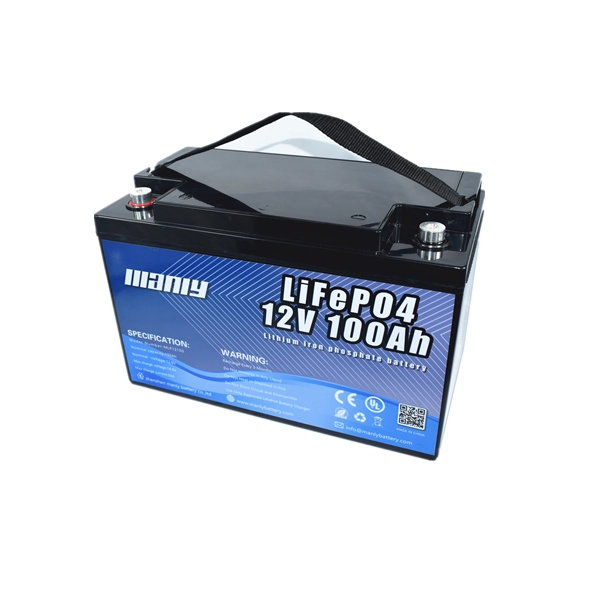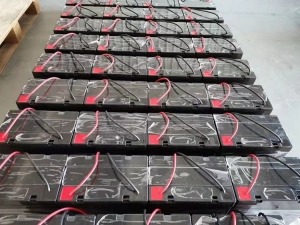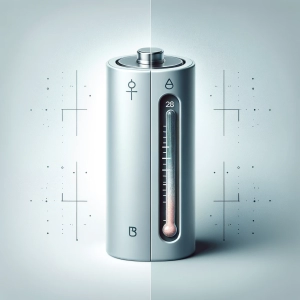Le batterie al litio hanno una memoria di carica?
Sommario
- Le batterie al litio hanno una memoria di carica?
- Che cos'è esattamente l'effetto memoria della batteria?
- Effetto memoria nelle batterie agli ioni di litio
- Effetto memoria in altri tipi di batterie
- Impatto dell'effetto memoria sulle prestazioni della batteria nel tempo
- Prevenire l'effetto memoria nelle batterie
- Pensieri finali
- Ulteriori informazioni sulla batteria

Che cos'è esattamente l'effetto memoria della batteria?
The effetto memoria della batteria is when a battery seems to "remember" its previous charging cycles. This means the battery might not use all of its energy over time, reducing its total capacity. Originally noticed in older batteries like nickel-cadmium (NiCd) and nickel-metal hydride (NiMH), this effect causes batteries to deliver less power than they actually have.Differenze chiave tra effetto memoria e altri problemi relativi alla batteria
Understanding how the memory effect differs from other battery problems is important:- Mantenimento della carica: The memory effect directly affects how much charge a battery can store. While issues like self-discharge cause a battery to lose power over time, they don't reduce the battery's total capacity like the memory effect does.
- Modelli di ricarica: The battery memory effect is linked to repetitive charging patterns. If you frequently charge the battery after only partial use, it may "remember" this shorter cycle and not utilize its full capacity in the future.
- Reversibilità: One key aspect of the memory effect is that it's often reversible. Performing several full charge and discharge cycles can reset the battery's memory. In contrast, other issues may be permanent or require special treatments.
- Cambiamenti chimici: The problems associated with the memory effect battery stem from changes in the battery's internal materials, such as alterations in the crystal structure of the electrodes. Other battery issues might arise from different chemical reactions or external factors like temperature.
Effetto memoria nelle batterie agli ioni di litio
When it comes to modern lithium ion batteries, the memory effect is not as common as it is in older battery technologies. However, this doesn’t mean that lithium ion batteries are completely free from it. Under specific conditions, lithium ion batteries, especially those using lithium iron phosphate (LiFePO4) chemistry, can still experience something similar to the battery memory effect.Comprensione dell'effetto memoria della batteria agli ioni di litio
For most lithium ion batteries, like those made with NMC or LCO, the memory effect is rare. These batteries generally degrade over time due to natural wear, rather than remembering a specific charging pattern. However, in lithium iron phosphate (LiFePO4) batteries, the voltage curve is very flat, which can confuse the system that measures the state of charge (SoC). This flat voltage curve, when paired with frequent partial charging and discharging, may cause the battery to appear as though it is suffering from a battery memory effect.This effect can lead to errors in how much charge the system thinks the battery holds, resulting in incorrect estimations of the battery's charge level. While the overall impact on capacity is not as significant as in nickel-based batteries, this issue can cause some problems with the battery’s performance, especially in complex systems like electric vehicles.Cause dell'effetto memoria della batteria agli ioni di litio
- Cicli di carica incompleti: Le batterie agli ioni di litio che vengono caricate costantemente dopo una scarica solo parziale potrebbero iniziare a mostrare una capacità ridotta, imitando l'effetto memoria della batteria. Ciò non significa che abbiano una vera memoria come le batterie più vecchie, ma il comportamento è simile.
- Temperature operative elevate: Il calore è un altro fattore che può peggiorare questo problema. L'esposizione delle batterie agli ioni di litio a temperature elevate durante la carica o la scarica può accelerare le reazioni chimiche all'interno della batteria, aumentando la possibilità di sperimentare un effetto simile alla memoria. La batteria diventa meno efficiente e la sua capacità di mantenere la carica completa si riduce.
- Sovraccarico e scaricamento eccessivo: Sebbene le batterie agli ioni di litio siano dotate di protezione integrata per evitare il sovraccarico o lo scaricamento eccessivo, condizioni estreme possono comunque portare a una perdita di capacità a lungo termine. L'esposizione ripetuta a tali condizioni potrebbe far sembrare che la batteria abbia un effetto memoria, in quanto fornisce solo una carica limitata.
Strategie di mitigazione dell'effetto memoria delle batterie agli ioni di litio
There are several strategies to minimize the risk of memory effect in lithium ion batteries:- Eseguire cicli di carica completi: Di tanto in tanto è opportuno lasciare scaricare completamente la batteria prima di ricaricarla. Ciò può aiutare a ricalibrare il sistema e ripristinare la capacità della batteria.
- Evitare le alte temperature: Caricare o scaricare una batteria in condizioni molto calde può ridurne l'efficienza e la durata. Mantieni le batterie a una temperatura stabile e moderata per prestazioni ottimali.
- Manutenzione regolare: Eseguire occasionalmente le batterie agli ioni di litio attraverso un ciclo completo di carica e scarica, un processo talvolta chiamato condizionamento della batteria, può aiutare a preservarne la salute e ridurre gli effetti che imitano l'effetto memoria.




















